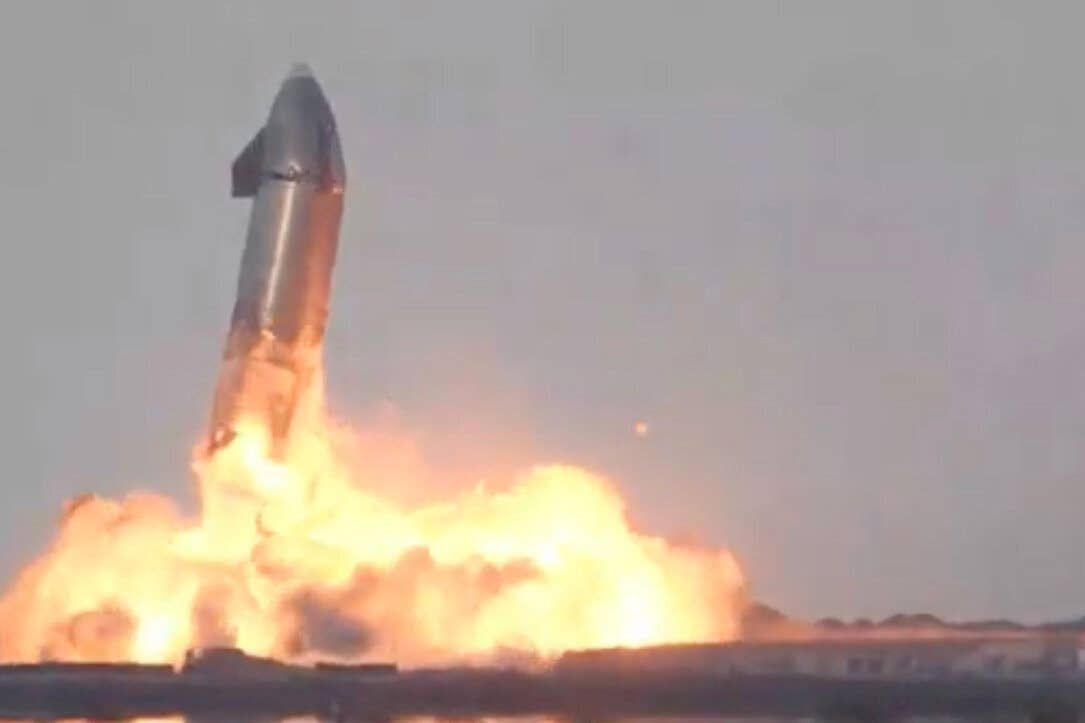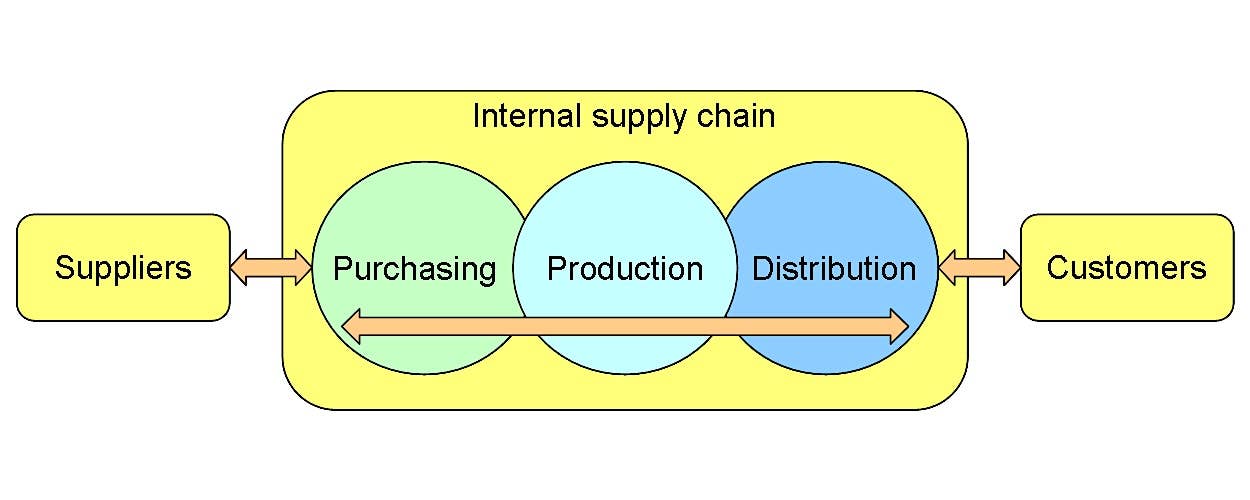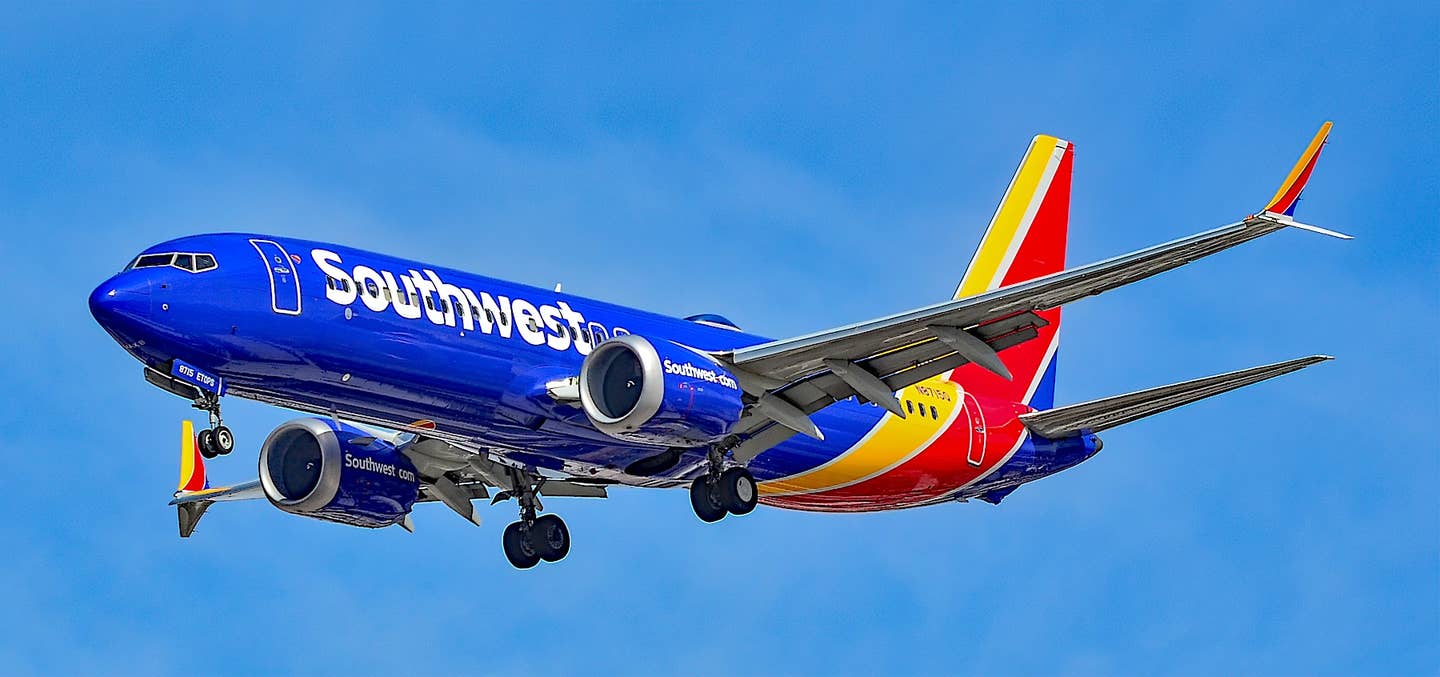SpaceX Starship Explodes After A Near Perfect Landing (Video)
After weeks of trying, SpaceX on Wednesday finally succeeded in landing its Mars Starship booster. But five minutes after touchdown—possibly due to a methane leak—the rocket exploded in a spectacular…

After weeks of trying, SpaceX on Wednesday finally succeeded in landing its Mars Starship booster. But five minutes after touchdown—possibly due to a methane leak—the rocket exploded in a spectacular ball of fire on the Boca Chica, Texas, recovery pad.
Two previous attempts to land the booster after successful low-altitude test flights ended in fiery explosions or what SpaceX founder Elon Musk calls a RUD, for rapid unscheduled disassembly. In Wednesday’s test, designated SN10, the booster flew to a planned low altitude, completed its transition maneuver and backed down toward the pad on two engines. It touched down successfully, albeit at a slight tilt due to one of the six landing legs either failing to deploy properly or failing on touchdown.
As dust and gas clouds cleared after the landing, the rocket exploded in a spectacular fireball about five minutes later. The rocket rose briefly during the event before impacting on its side. Earlier in the day, the first launch attempt was aborted when onboard computers detected uneven thrust and shut the engines down before liftoff. SpaceX refueled the vehicle, tweaked the software and completed the launch near dusk.
“The key point of today’s test flight was to gather the data on controlling the vehicle while re-entering. And we were successful in doing so,” said John Insprucker, a SpaceX engineer who narrated the live video of the launch. Earlier in the week, Musk said the Starship system would be ready to launch people into orbit as soon as 2023. Ultimately, the Starship is designed to carry humans to Mars, which Musk has said will happen by 2026, just five years away. Musk has sketched out plans to eventually colonize Mars. SpaceX has a number of Starships in production to sustain what has been an impressive launch cadence. The company said SN19 is now being built.






